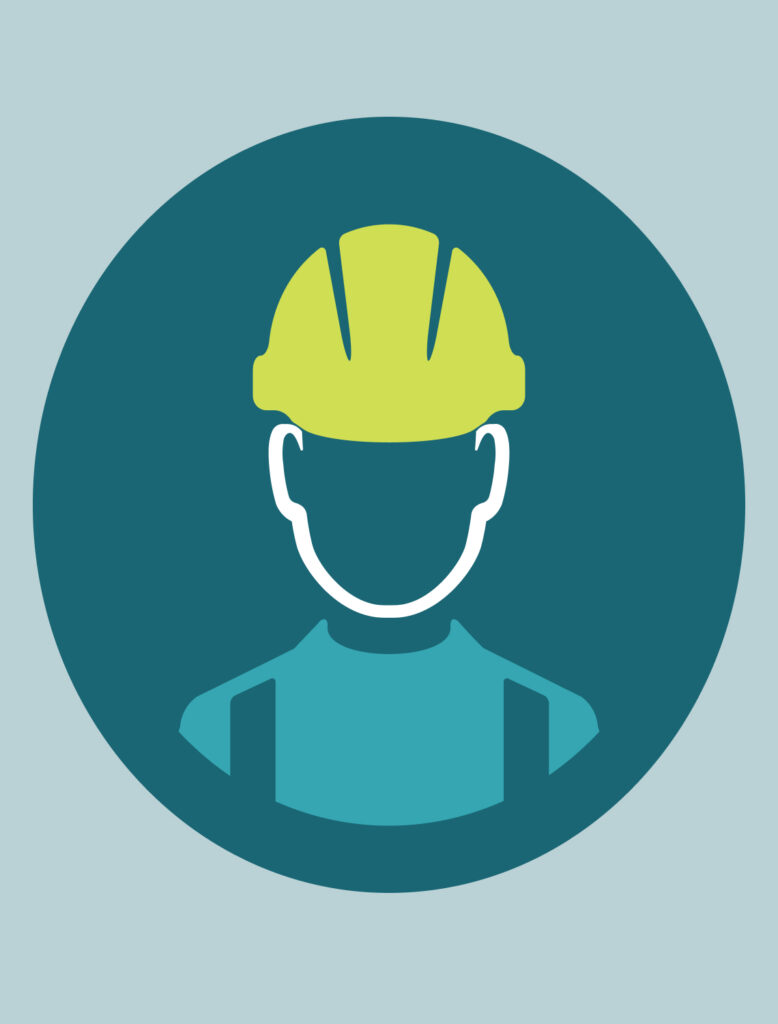What is mediation?
Mediation is an alternative process to litigation, frequently used to resolve disputes in a timely and informal way, helping people settle prior to formal court proceedings. The aim of mediation is to find a solution to the dispute without proceeding to a court hearing. The structured, non-legal process involves voluntary attendance to a mediation session, at a location and time suitable to all parties and a willingness from both parties to resolve the dispute. Parties involved in the dispute negotiate with an impartial mediator, who assists in facilitating open and respectful conversations and ensuring both parties are given equal opportunity to explain their arguments, in a strictly confidential environment. All discussions are privileged and unable to be shared with other parties or used in court, unless there is an agreement between both parties. Meditators cannot give advice, make any decisions or force an agreement. Any agreement reached is also not legally binding without an agreement/deed/ terms of settlement that is signed by both parties. If legal advice is required by any of the parties, this is independent of the process and sought separately by all parties. The mediator will decide whether the parties can bring lawyers to the mediation. If you cannot reach an agreement, the mediator will help identify issues still in dispute and issues that have been resolved, often then given to a Tribunal for a hearing.
What happens during the process?
Mediations usually commence in a private meeting room, with all parties involved in the dispute gathered around a table. The session can take anywhere between 1-4 hours, or even require multiple sessions, to reach a mutually agreed solution (or not), dependent on the complexity. The mediator will make introductory remarks and an opening statement, outlining the participants and their role, explain the process, ground rules, comments about what they see as the issue, confirm the case data, define protocols or guidelines and set time frames. After the opening statement, the mediator will give each side the opportunity to present their case uninterrupted and to give the parties an opportunity to describe their issues in their own words and be heard by all parties. The mediator will ask the parties open-ended questions (either with both parties present or by separately moving between parties sitting in a private “break out room”) to get to the emotional undercurrents and gather information. The mediator may repeat back key ideas to the parties, offer different perspectives, express issues in different ways and encourage parties to identify and test the consequences of potential solutions. The mediator tries to find common goals between the parties and opportunities for a resolution. The mediator will attempt to ascertain which issues are going to be able to be resolved or a pathway to resolution. Once the participants are committed to achieving a negotiated settlement, the mediator will propose a brainstorming session to explore potential solutions and a final agreement acceptable to both parties. The mediator may decide to hold private sessions with both parties in order to move the negotiations along and it could be held over multiple days dependent on the complexity of the situation. The mediator is not there to make a decision about who is right or wrong, however, assist both parties in reaching an agreement.
What happens after the mediation session?
The mediation case may be settled in full, in part or parties may not be able to reach an agreement. If the parties reach an agreement, the mediator may record the agreement terms in writing, ensure that each party sign it and ensure it is made an order of the tribunal, upon request from parties. If you are not able to reach an agreement the mediator will work with both parties to identify what issues are still in dispute and what issues have been resolved. This will be given to the tribunal.


